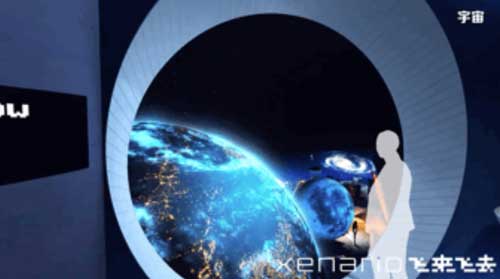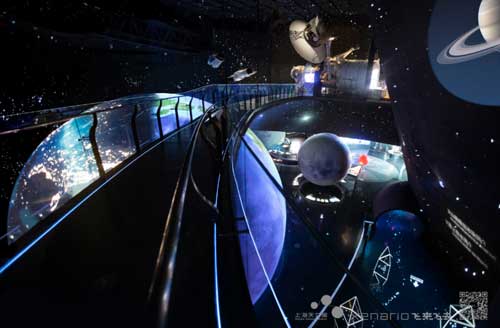where are we?
The first time, in the "Home" section, when one enters the exhibition hall and, after passing through a dark passage, sees first the starry sky overhead with its ancient and mysterious constellations, and then the planet we live on, which is where we are.
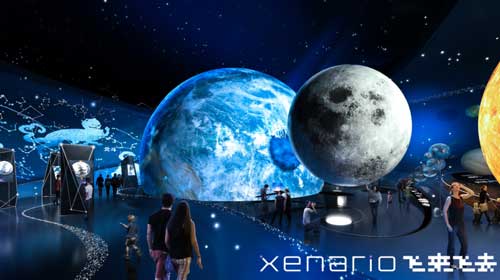
where did we come from?
The second time is in the "Universe" section, where one can see the Earth again through a small round window, with lights in the night showing traces of human activity.
Where are we going?
The third time is when people leave the Chinese space station on Earth from the "Journey" exhibition area and see this familiar sphere again when they "leap" over the Earth on the sky bridge, they will have more thoughts about their future destiny.
Covering an area of 58603㎡ and a display area of 15683㎡, the Shanghai Astronomy Museum is currently the largest planetarium in the world. In addition to the unique and majestic design of the building, and the "no right angle, unconventional" architectural features, who is planning all the mysterious stories about the sky inside the planetarium? Alexander Brandt to learn how they created the world's largest immersive science tour of the universe.
Here is the interview.
1、BottleDream:What is the specific work of Xenario Fly to Fly as the chief design of Shanghai Planetarium exhibition planning?
Alexander Brandt: We are responsible for the overall planning and design of the exhibition hall, exhibition space design, exhibition content design, creative exhibit design, visual specification design, lighting and sound and supporting system design, educational activity planning, intelligent venue design, etc.
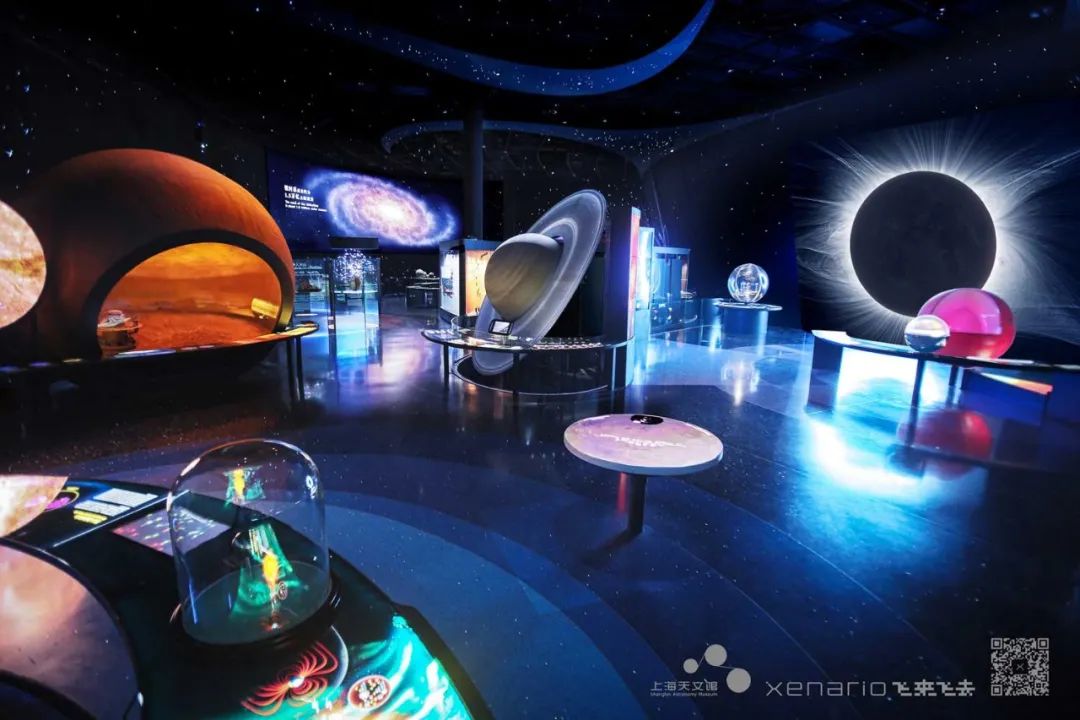
2、BottleDream:How did you come up with the idea of using the "three ultimate philosophical questions" to design the visitor path?
Alexander Brandt:What attracted us most to astronomy at the beginning was also its characteristic of "both science and philosophy". When you look at the entire exhibition, you will find that astronomy is different from other fields, such as chemistry and biology. It will naturally lead you to think about questions that you have been asking yourself since you were an adolescent, such as: What am I doing in this world? What will I do in the future? Amplifying these questions is actually "who we are", "where I come from" and "where I am going". Who are we and where are we - we are on a very insignificant little dust in the infinite universe. This is the first stop of the exhibition "Home". The second panel is about the Big Bang, space-time, and gravity, which is "where do we come from? The last panel introduces the history of human observation of the universe, the development of aerospace technology, etc. I think this reflects the efforts of human beings to understand and explore the world we exist in, that is, "where do I want to go? If an exhibition is full of scattered details, it is not easy for visitors to remember and immerse themselves in the experience. The content framework formed by the logic of these three philosophical questions can help us work and design better.
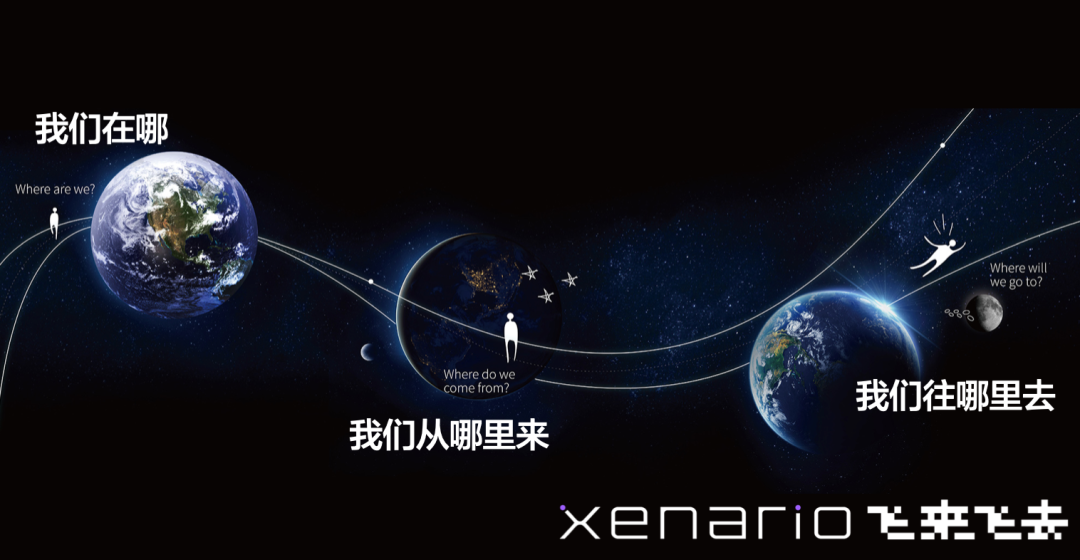
3、BottleDream:How did you integrate the "story" with the architecture of the Shanghai Astronomy Museum?
Alexander Brandt: When the Shanghai Planetarium was being designed, we created a lot of "troublesome" places for the construction of the exhibition, such as various long corridors, various small and narrow spaces, and various bridges. These are all designed after a very careful analysis, and we found a way to combine the architectural features with the experience. For example, the "three times to see the earth" in the journey, each time has a special meaning. This is how we combine the story of the space and the characteristics of the building into an experience that moves the audience.
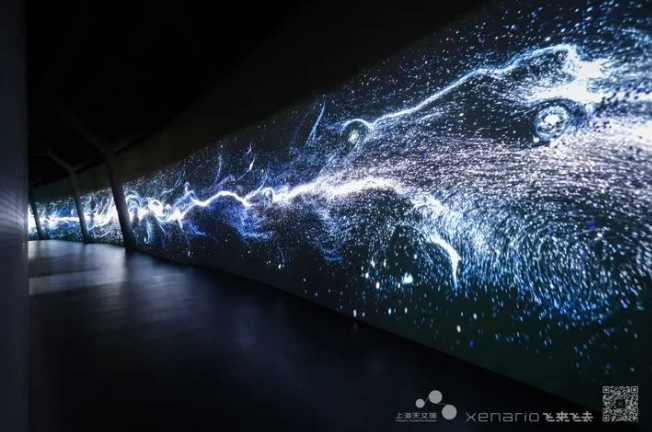
关心宇宙会让我们明白
“人不是最重要的”
4、BottleDream:You yourself have been conducting your own personal art practice for many years, and have explored and researched "Neo-utopianism" in depth. Can you explain the concept of "Neo-utopianism" for us?
Alexander Brandt:I don't know where you read this , but I think it's fair to say that the 20th century was the era of the Great Utopianism, a hundred years of experiments like fascism and idealistic socialism, and the more extreme people tried to make their dreams come true, the more things failed. I remember very clearly that from the age of 16 I began to "believe in nothing. But how do you find meaning in life when you don't believe in anything? How can I convince myself to get good grades and not steal from others? ...... Since I knew that there would be a death, why didn't I choose to die sooner? At that time, I found that I had to create my own "utopia". This utopia has three principles: first, I know that nothing is meaningful; second, I also know that people must have a pursuit in order to survive; third, I will never ask others to share my utopia with me. My utopia is my own utopia, which represents an attitude of my life, and I can thus shape my own happiness and infect others to create their own utopia. When it comes to my current pursuit, it is Xenario flying around to create a new standard for the pavilion. For example, maybe another person's quest is to make the best ice cream, my mother's quest is to take care of as many people as possible ....... The reason why it's called "New Utopianism" is because I want to bring back a very unpopular word and give it a little twist.
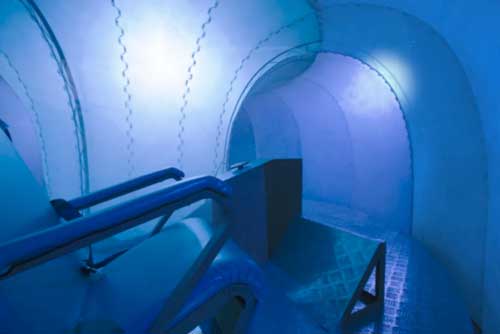
Alexander Brandt's《Brain washing》
5、BottleDream:Did you gain any new thoughts when you were designing the astronomy museum?
Alexander Brandt:I would have thought I had a very clear idea of the universe before, but then I realized that I didn't know it well enough. I may have some one-sided understanding of the universe, but it's not deep. For example, did you know that the celestial body around which the comet revolves is not actually the Earth, but the Sun? Our understanding of life is limited to the realm of earthly biology, such as having activity and cellular structure ...... but if we look at life from a cosmological perspective, can we still answer that? You have probably heard of the concept of "entropy". Much of what humans do is a struggle against the law of entropy. At first I thought, "Is it possible for humans to work against entropy? Through further study, I realized that this would not work. As a creator, I undoubtedly want to create something. But if I know that this something will definitely be destroyed at some point in the future, I am left with two choices: one is to give up all together; the other is to redouble my efforts and make sure to do better while I am still alive. This is what I have learned from the universe. Throughout the design process, our team needed to learn a great deal about astronomy. We needed to clearly understand the scientific principles presented in each panel and delve into ways to communicate them to the public before they could finally be designed. So during that time of design, I was able to learn a lot almost every day.
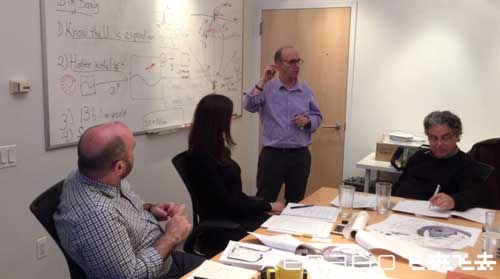
6、BottleDream:What is the biggest takeaway you hope the public will take away from visiting the Astronomy Museum?
Alexander Brandt:The biggest takeaway is that I want them to "leave their superstitions behind". When people understand the laws of the universe that scientists have already figured out, maybe they will stop believing in these stories and won't waste their time on them. So I would like to say to them: "Wake up"! We live here and now, and we need to do what we need to do as responsible subjects, not hoping for a hypothetical divinely-given second chance or for others to take responsibility for your happiness or lack of it. You need to be responsible for everything about your life. Secondly, I want to show that human beings always have pursuits and dreams. The pursuit here, whether it is exploring the universe, building a museum or "being a good person", is something that I find very childish and beautiful. Therefore, I think the exhibition hall is "both scientific and philosophical", so that our experience can have a certain influence on our own lives. Therefore, I really hope that visitors will come more than once. There may be a lot of things that are confusing in the first visit, but if you come back for the second or third time, you will have more in-depth content and find more experiences in it.
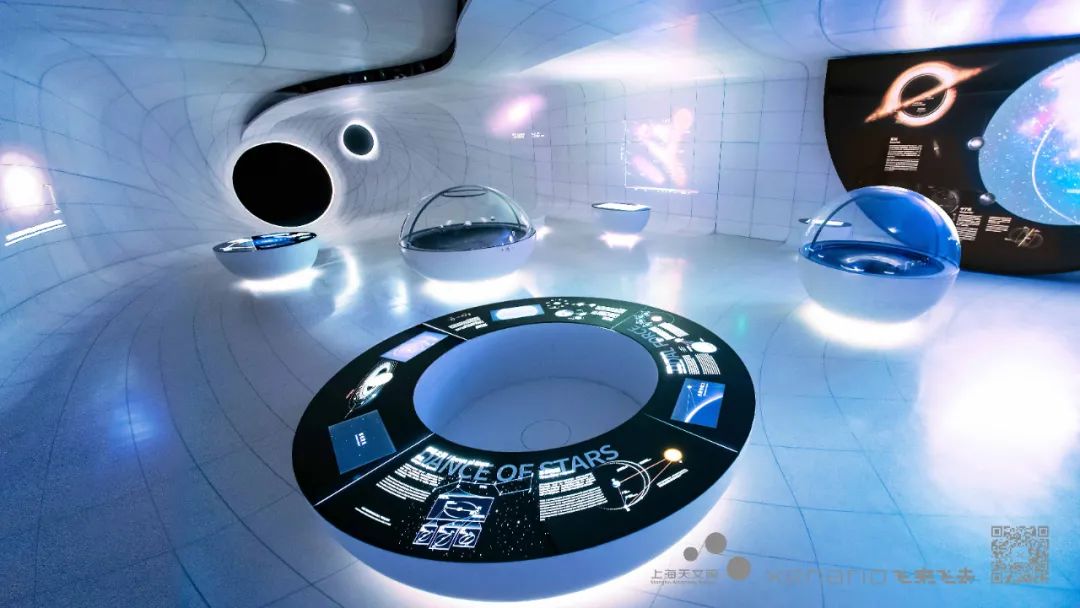
7、BottleDream:In your design, what do you want to reflect most about the relationship between people and the universe?
Alexander Brandt:In daily life, there are so many relationships between people and the universe. The formation of the seasons, the formation of day and night, the rhythm we wake up in the morning and go to bed at night, all have something to do with astronomy. At the same time, our measure of "beauty" is also related to astronomy: for example, we like symmetry based on the level of the earth's gravity. If there is no such balance, symmetry seems to be less important. Caring about the universe makes us understand that people are not the most important thing in the universe. The Earth, where we are, is a very insignificant speck of dust in the universe. Even without humans, the universe would still exist. So often we can "take a step back" to think about the problem, and then some small conflicts with people in daily life suddenly become less important. This is a change in the scale of thinking. This change gives people a kind of peace and space to think, and I think this is very helpful to everyone.
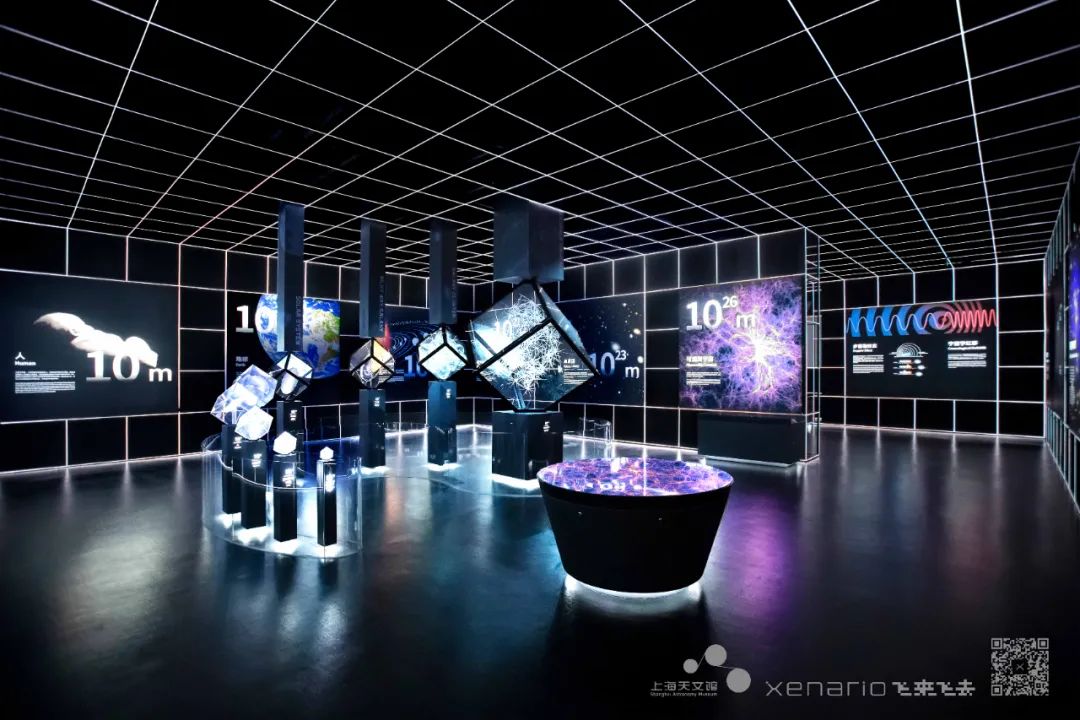
8、BottleDream:Xenario has created many astronomical projects, such as Shanghai Planetarium, Delingha Planetarium, Shanghai (She Ge) Planetarium, Shanghai Children's Museum, and China Welfare Association Children's Palace Planetarium. In your opinion, what is the most special aspect of this Shanghai Planetarium design compared to the astronomical places designed in the past?
Alexander Brandt:They are very different in depth. The Shanghai Planetarium is an internationally oriented, very formal educational base, and it has a very large investment of financial, human and material resources. It is very demanding to achieve a global top level.
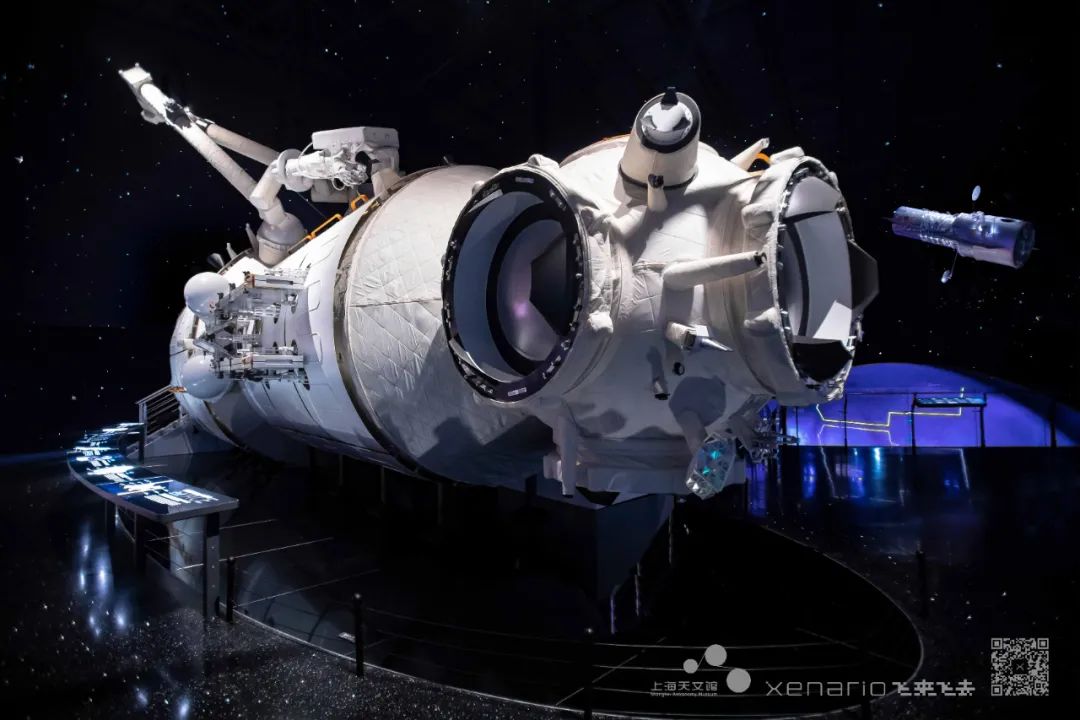
9、BottleDream:The "Star Trek" gallery in the "Universe" exhibition hall changes in real time according to the movement of the audience, so that people can intuitively feel the flow of the magnetic field of the universe, which impresses many visitors with its high-tech interactivity. From the design point of view, what is the strongest part of the Shanghai Planetarium in terms of "technology"?
Alexander Brandt:Actually, the definition of "technological difficulty" for visitors is different from that of our designers. People may be attracted by those computer renderings, such as the gallery you mentioned. But in fact, it is not the most technically difficult. In presenting the "gravitational force", we may put a lot of effort into finding a very thin and non-flickering LED strip, or an internally illuminated transparent ball that can meet our requirements. The combination of material selection and display effect is actually the most difficult step.
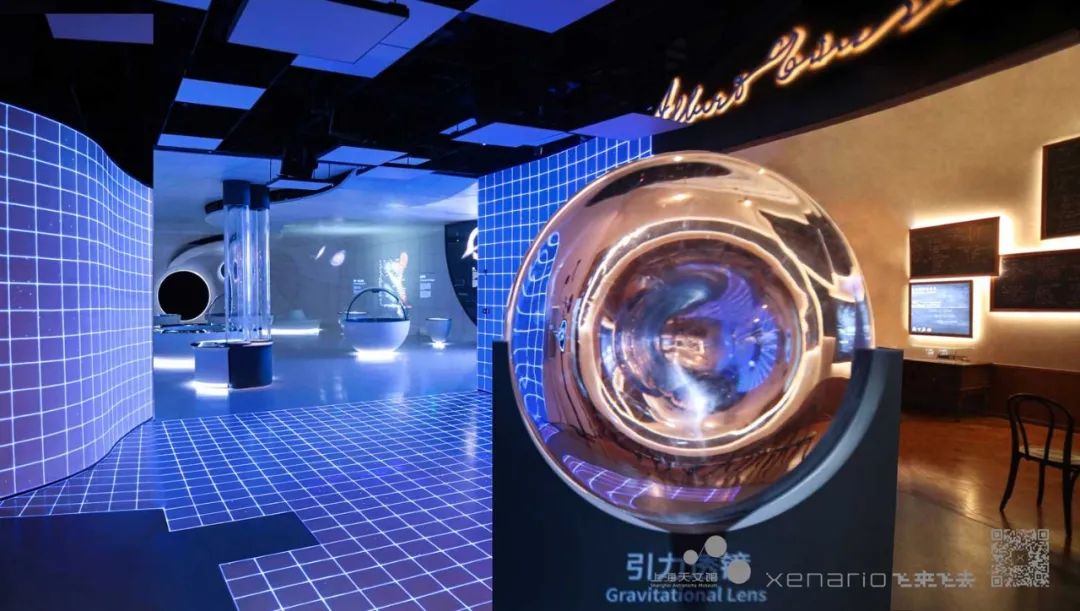
10、BottleDream:What Chinese elements or Shanghai elements did Xenario include in the design of the Shanghai Astronomy Museum?
Alexander Brandt:We have a special area called "Astronomy in China". But in the overall path from "home", "universe" to "journey", we didn't add Chinese elements intentionally except for the model of Chinese space station at the end. Because we feel that science has no national boundaries - it does not belong to any country, nor does it represent any country. I think that astronomical exploration should be a collaboration on a global level. Whether you are German, American or Chinese, we are all "earthlings" and should explore and share together.
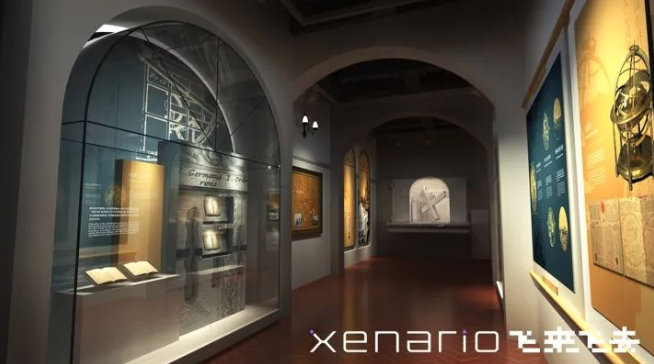
当虚拟偶像进入展馆
11、BottleDream:After the planetarium project, what is the next project you want to design?
Alexander Brandt:Maybe you saw a "little girl" when you visited our company, her name is "AiAi". Our company now wants to create its own "AI Dream - Artificial Intelligence Immersive Experience Movie", which you can understand as a simple objective movie + planetarium + escape room project, in which a virtual idol will collaborate with you to help complete your in the process of exploration. One of the biggest differences from the previous project is that this project is developed by us. It is supposed to be the end of this year, but it may be delayed. Besides the impact of the epidemic, the biggest difficulty is that we haven't found a location that will allow this project to take shape well.
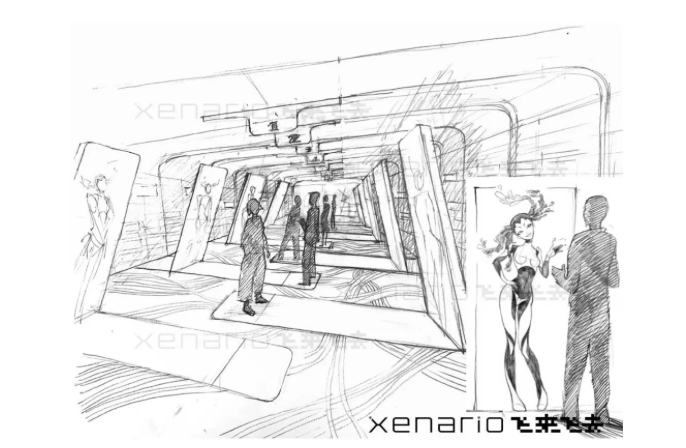
12、BottleDream:Why did you choose to use "virtual idols"?
Alexander Brandt:I didn't care about "virtual idols" at one time, but then I slowly realized that virtual idols are becoming more and more common in our lives. Even everyone who runs a WeChat account and changes their avatar or name is, in my opinion, creating their own virtual image. So I predict that artificial intelligence will be very common in a few decades, and it will become more and more normal for humans to be accompanied and loved by them. A very intelligent virtual idol, able to compensate for human sensibility and the inevitable bias of many moments, will very likely replace our friends in the future and help us get many of the things we want in life. Moreover, the skills of virtual idols will be used more often in the exhibition hall. In the face of the different industries and knowledge levels of people who come to visit the exhibition, it is unlikely to be possible to make the content of the exhibition clear to each visitor by hand alone. At this time, if a virtual icon and artificial intelligence are used for teaching or guiding, it will give people a new learning experience.
13、BottleDream:Do you have any new plans for Xenario in the future?
Alexander Brandt:First of all, we will definitely stick to our previous pursuit of "making a good pavilion", but we will also have our own developed IP and exhibition space. This will be very different from the nature of the customers we serve now, and will be an absolutely public-oriented experience. Our exhibition will be designed entirely for the audience, making something that directly engages and resonates with them.
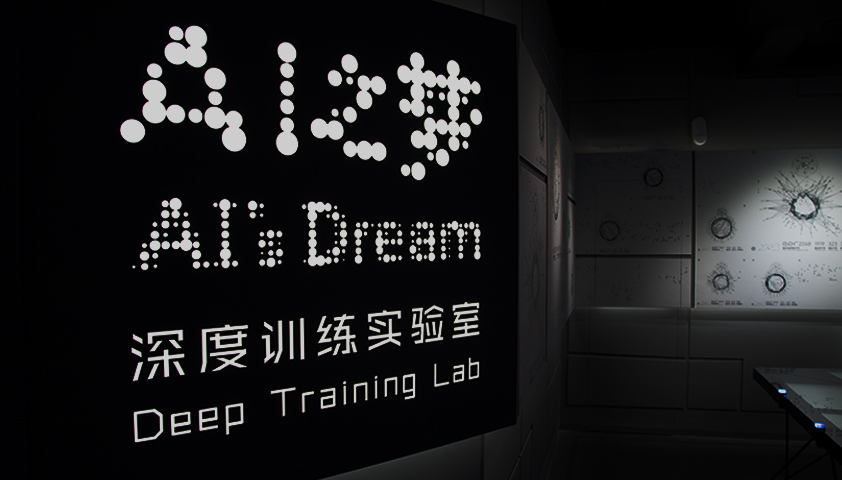 2025.1.21
2025.1.21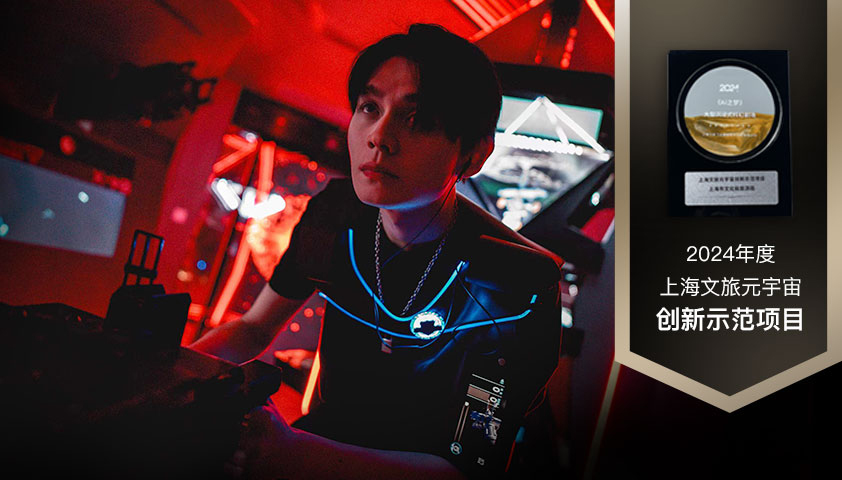 2024.11.22
2024.11.22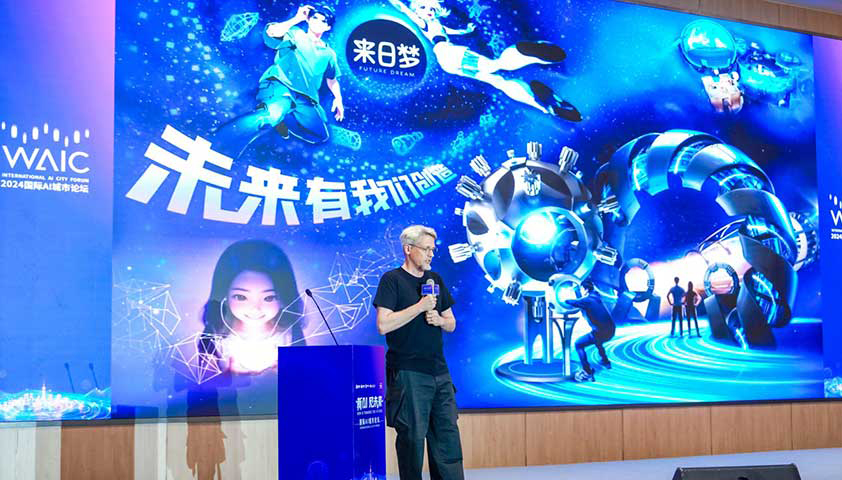 2024.7.13
2024.7.13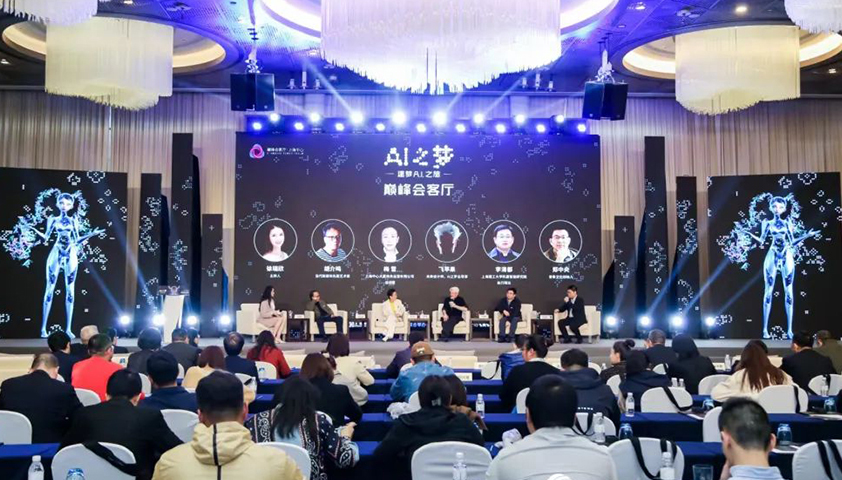 2024.4.12
2024.4.12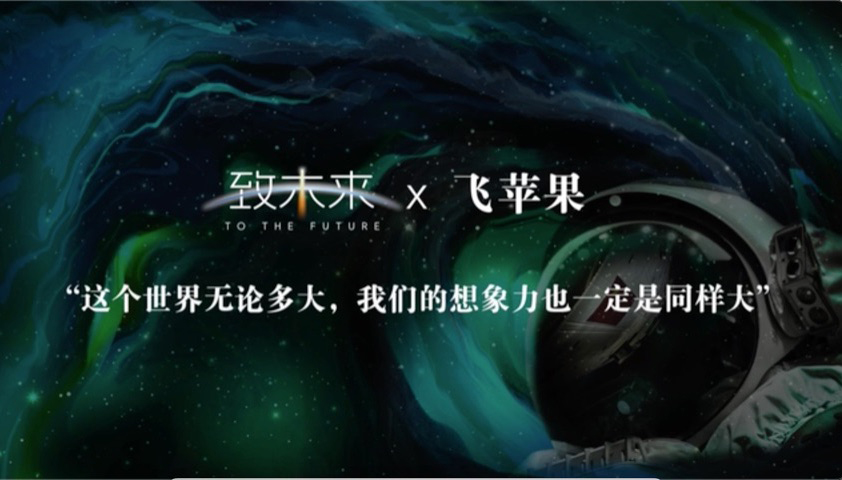 2024.1.4
2024.1.4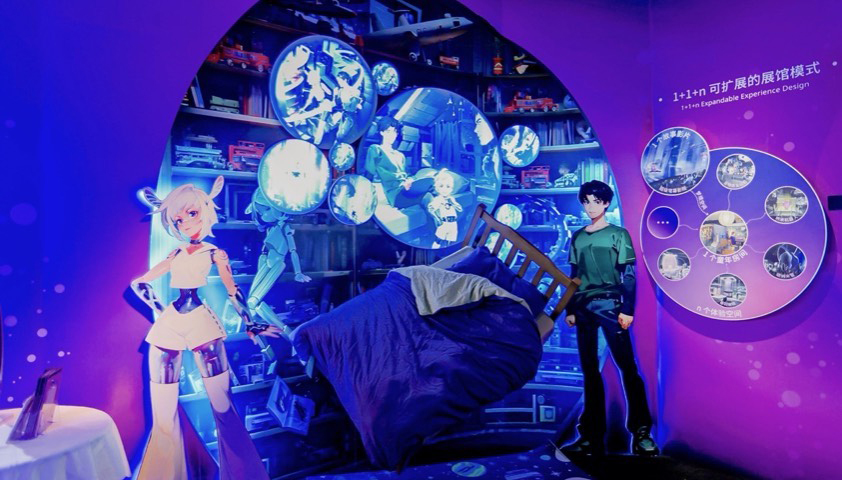 2023.11.7
2023.11.7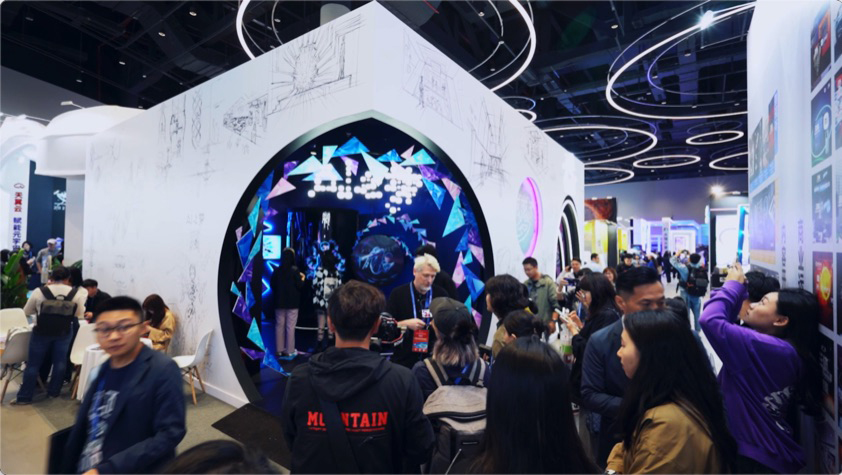 2023.10.21
2023.10.21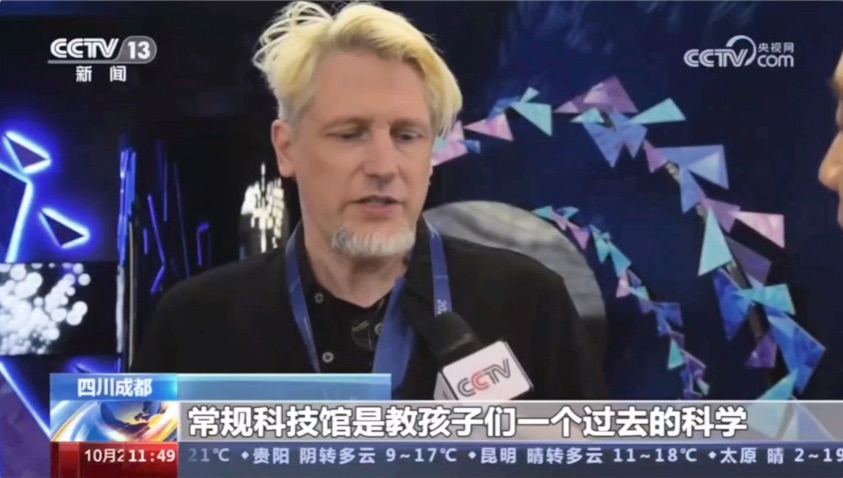 2023.10.23
2023.10.23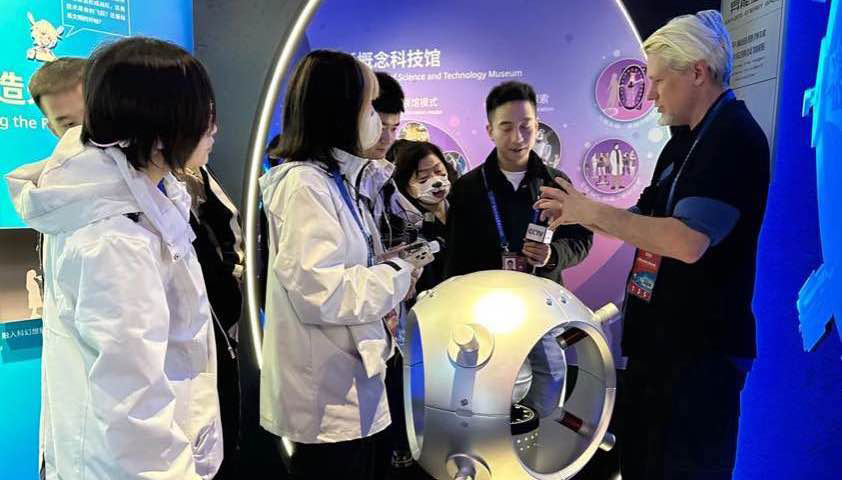 2023.10.19
2023.10.19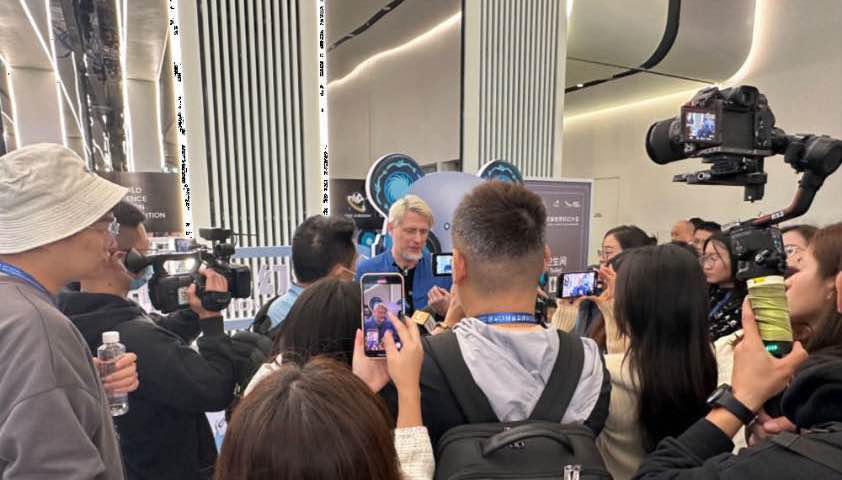 2023.10.18
2023.10.18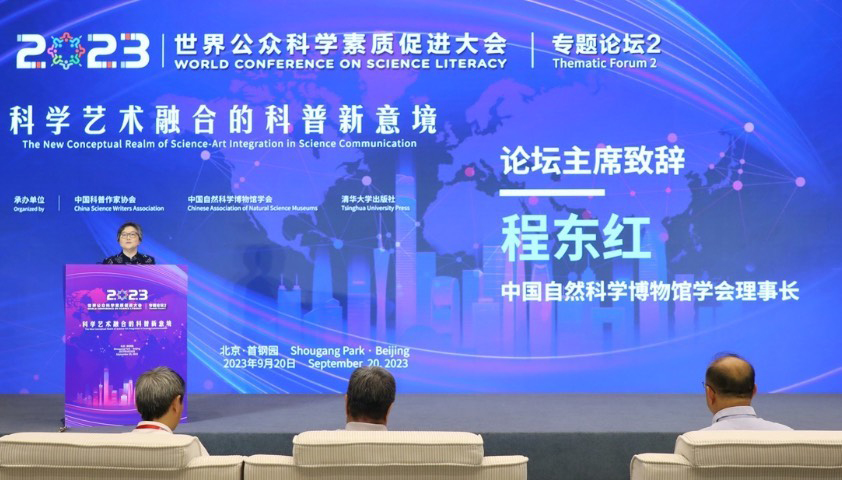 2023.9.22
2023.9.22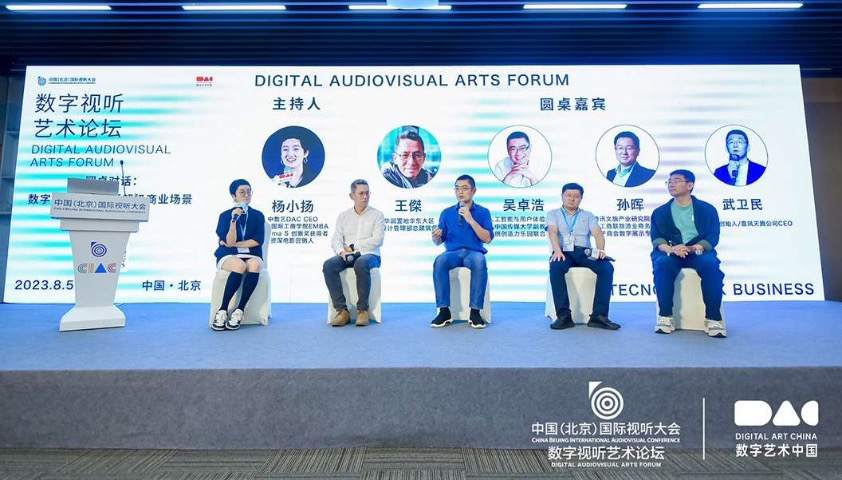 2023.8.8
2023.8.8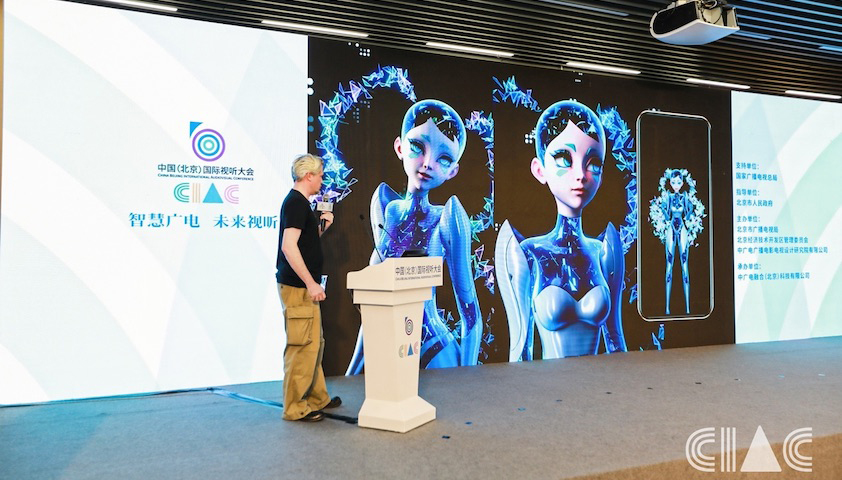 2023.08.04
2023.08.04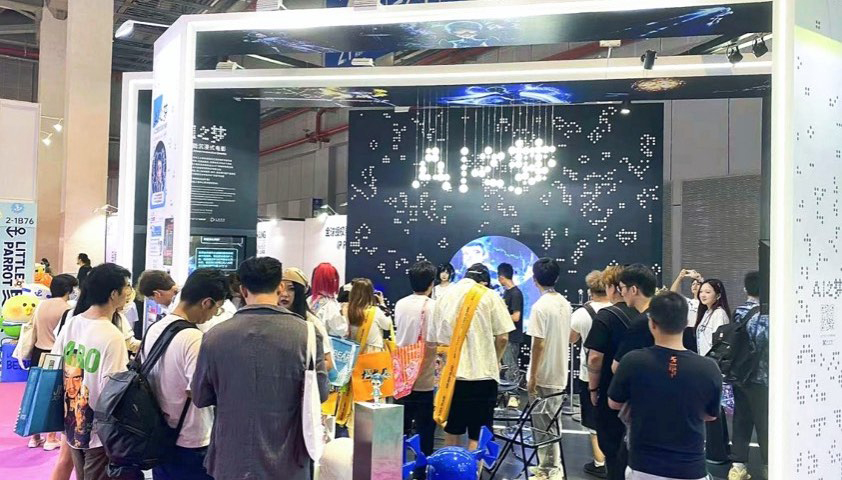 2023.6.30
2023.6.30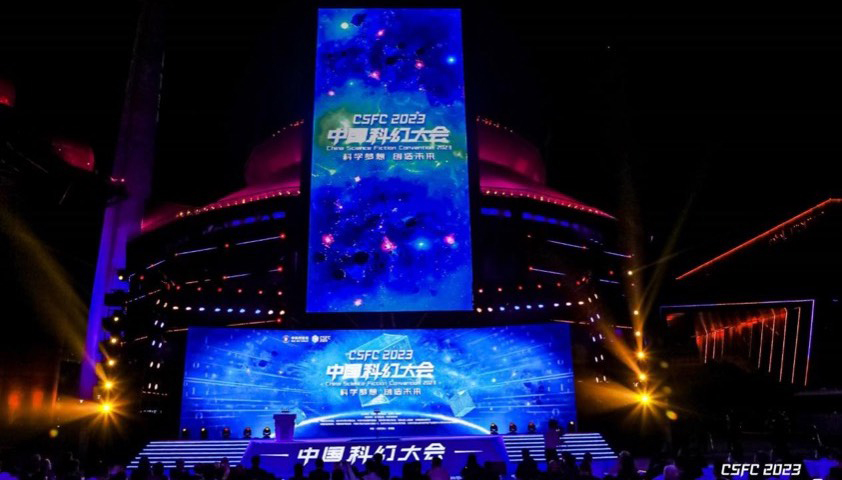 2023.05.30
2023.05.30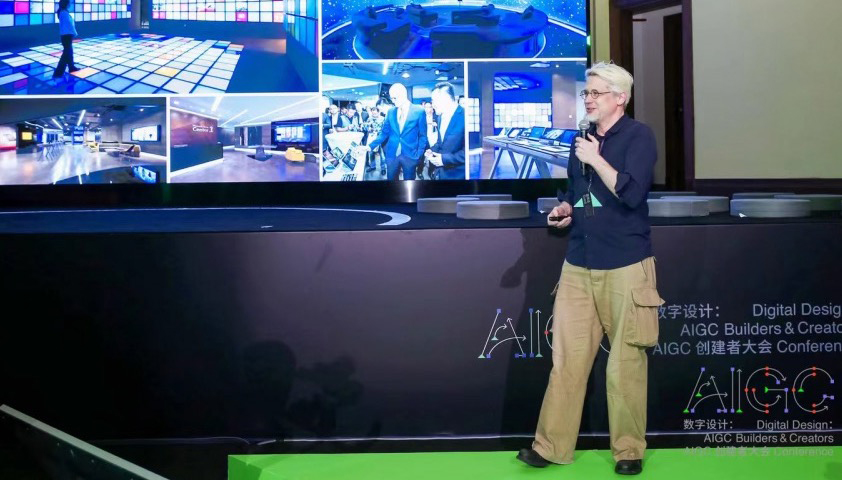 2023.05.07
2023.05.07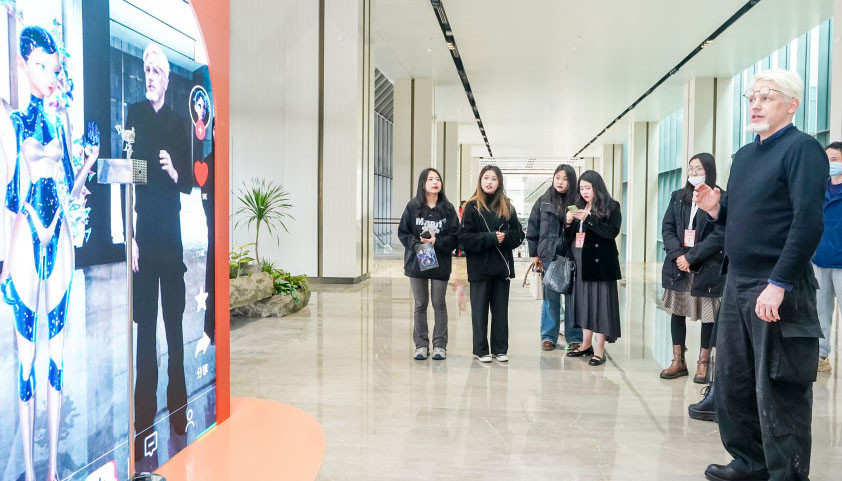 2023.4.03
2023.4.03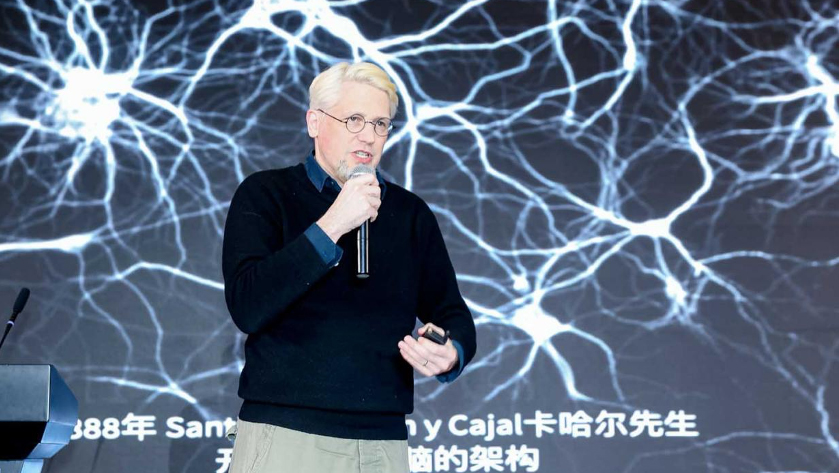 2023.3.7
2023.3.7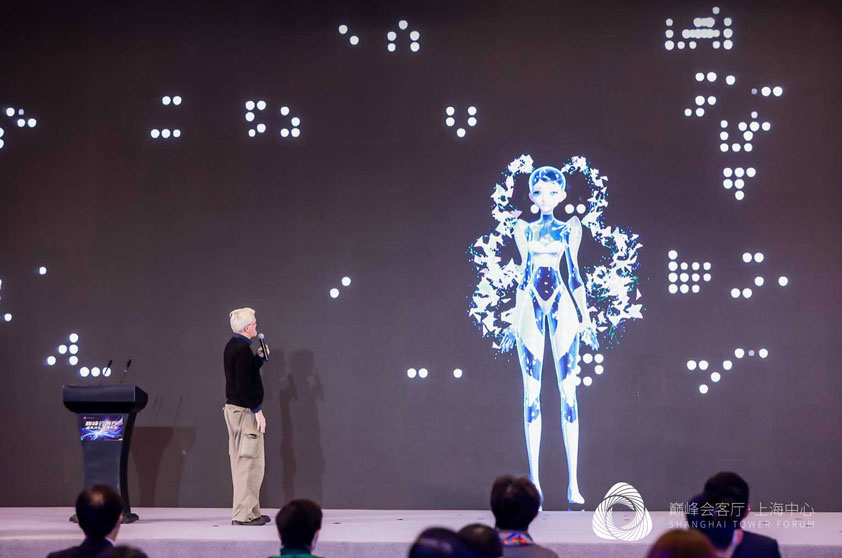 2022.12.16
2022.12.16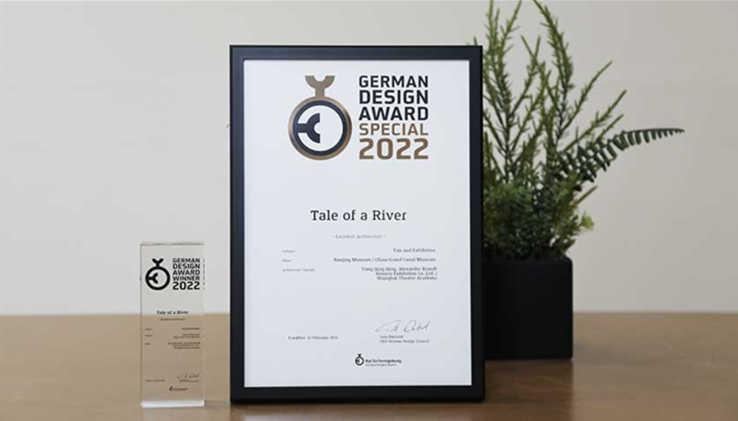 2022.7.1
2022.7.1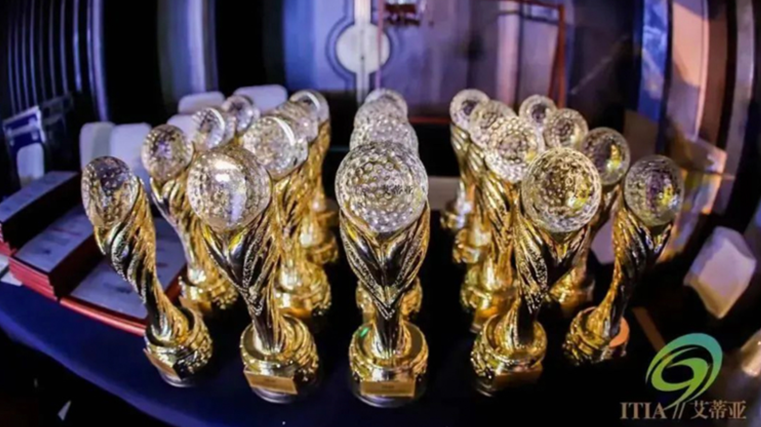 2022.5.16
2022.5.16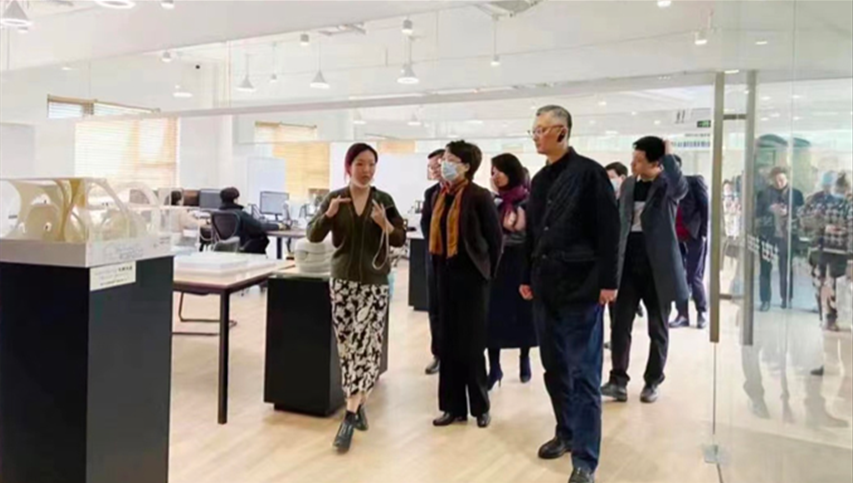 2022.3.2
2022.3.2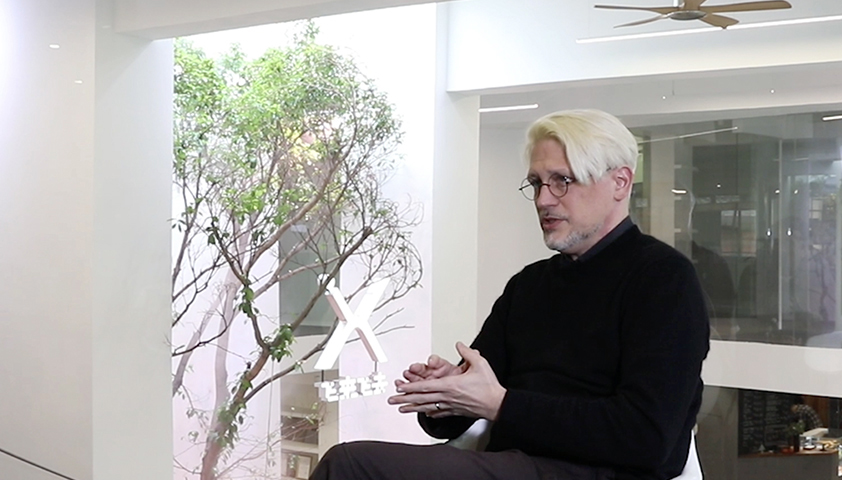 2022.2.25
2022.2.25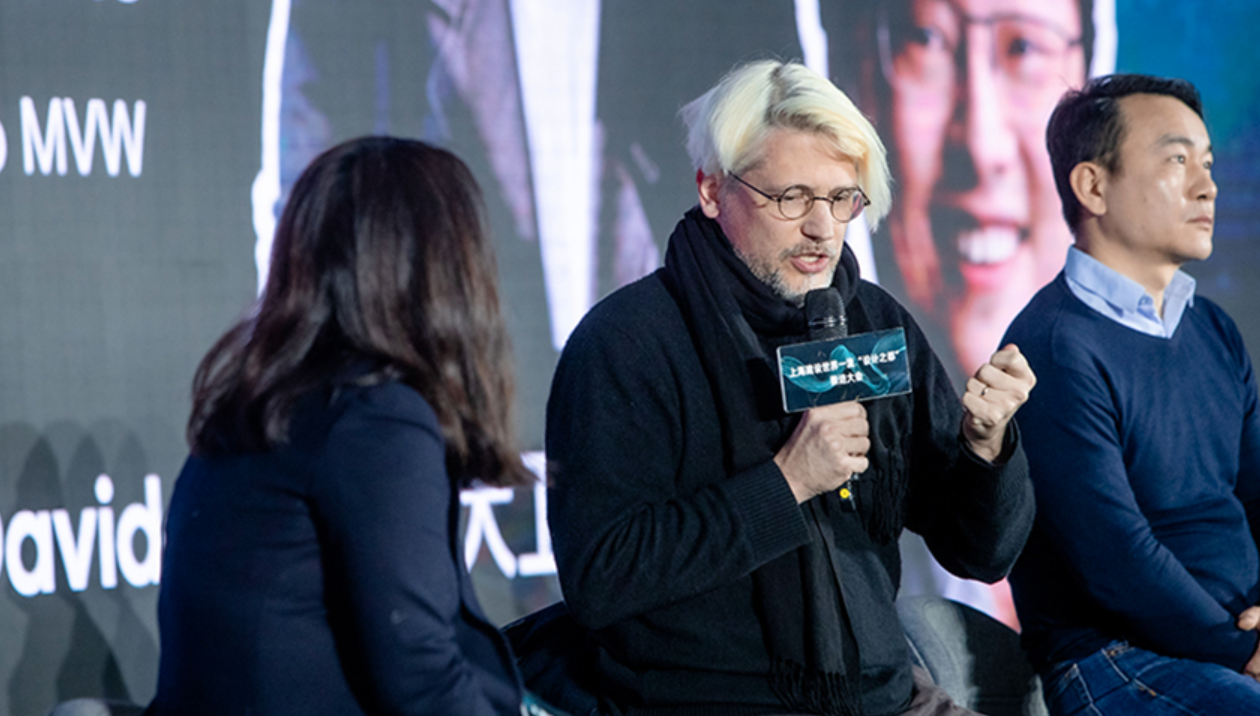 2022.2.17
2022.2.17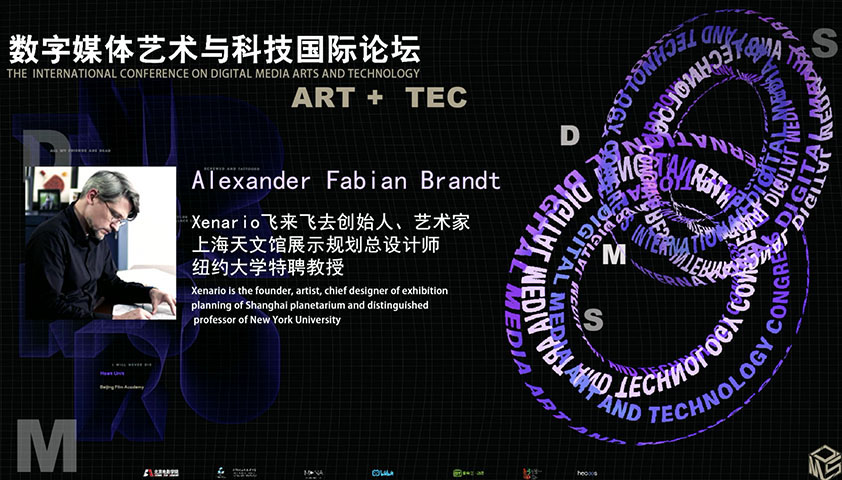 2021.12.19
2021.12.19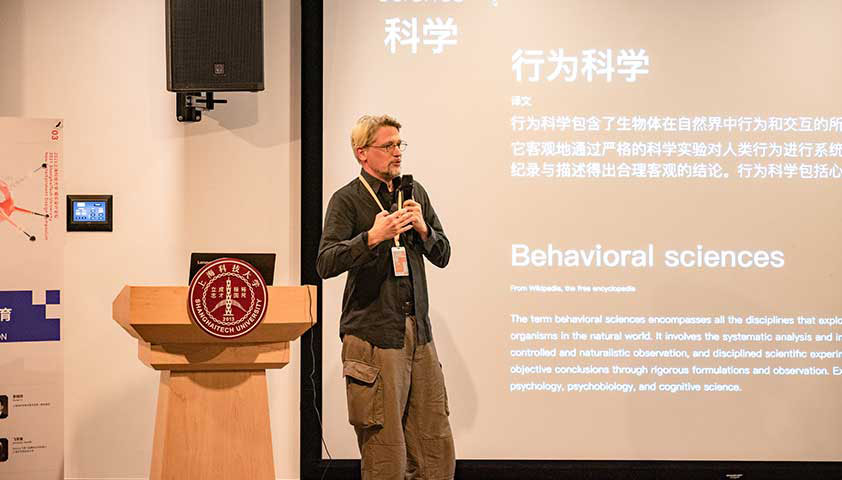 2021.11.13
2021.11.13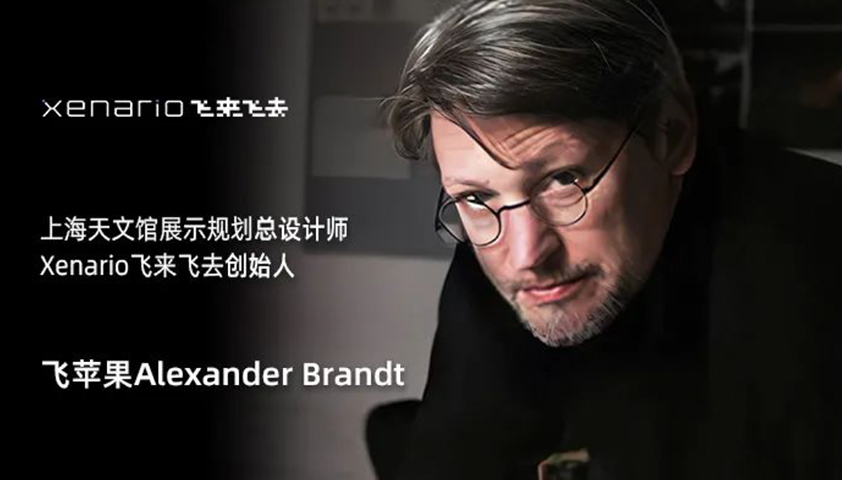 2021.12.4
2021.12.4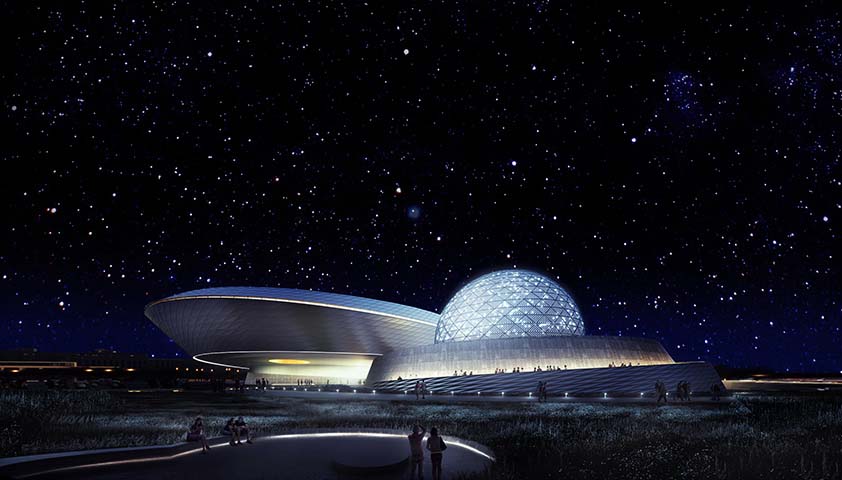 2021.10.23
2021.10.23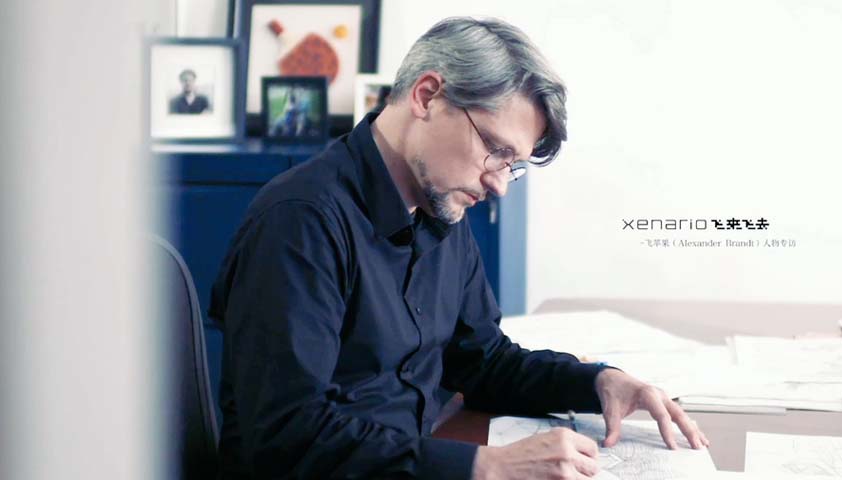 2021.10.18
2021.10.18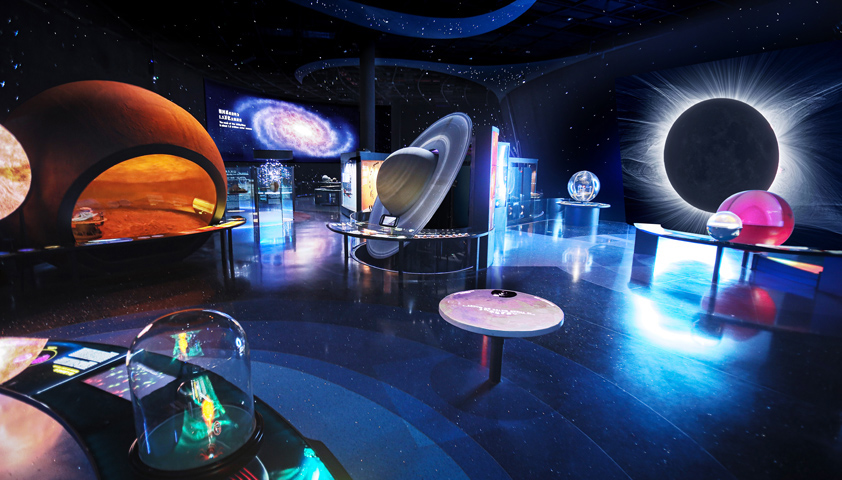 2021.7.17
2021.7.17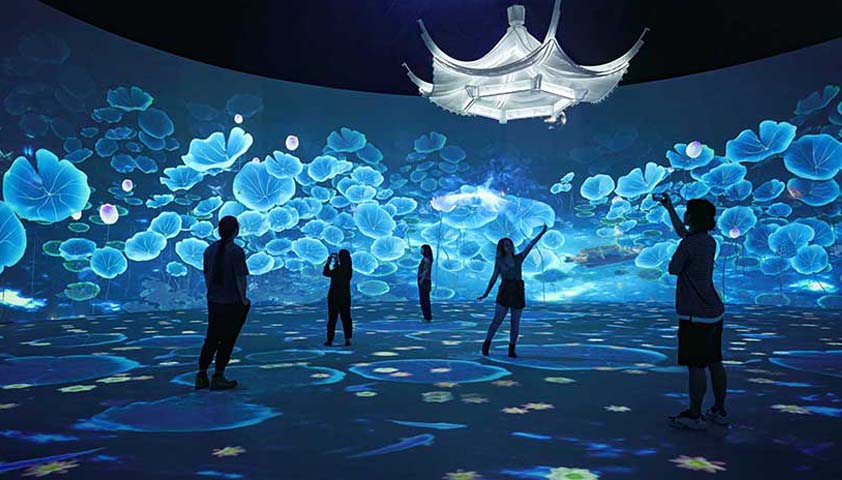 2021.6.16
2021.6.16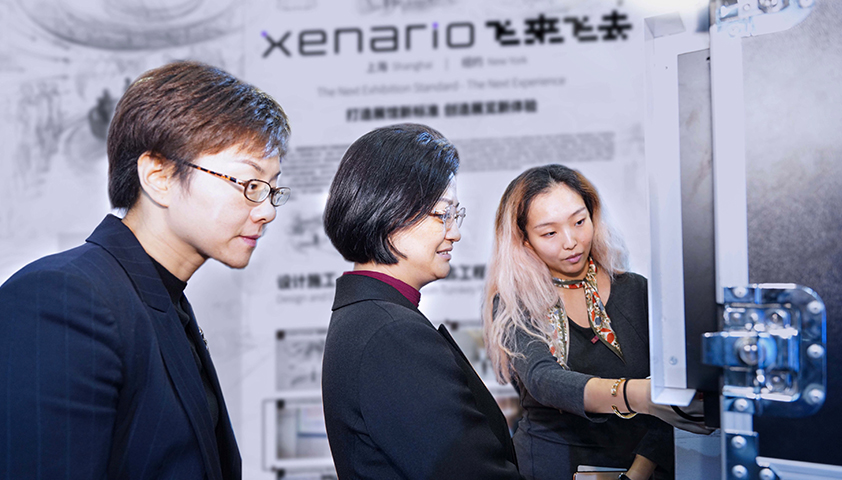 2020.11.19
2020.11.19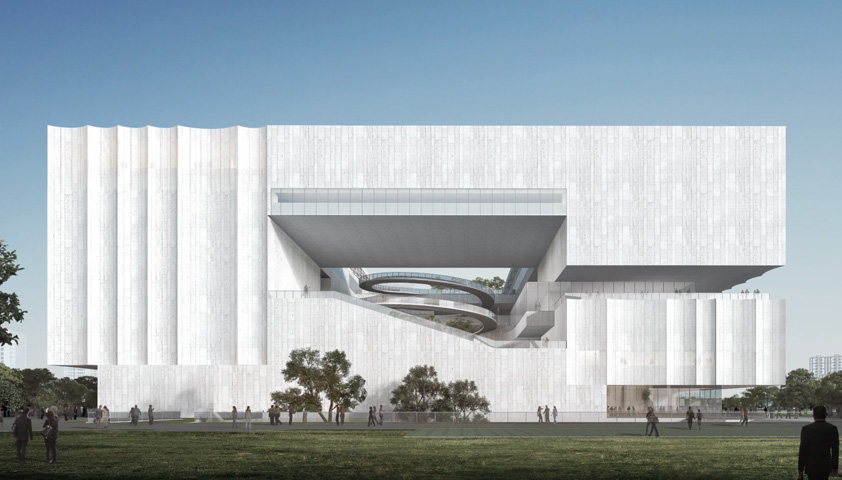 2020.8.31
2020.8.31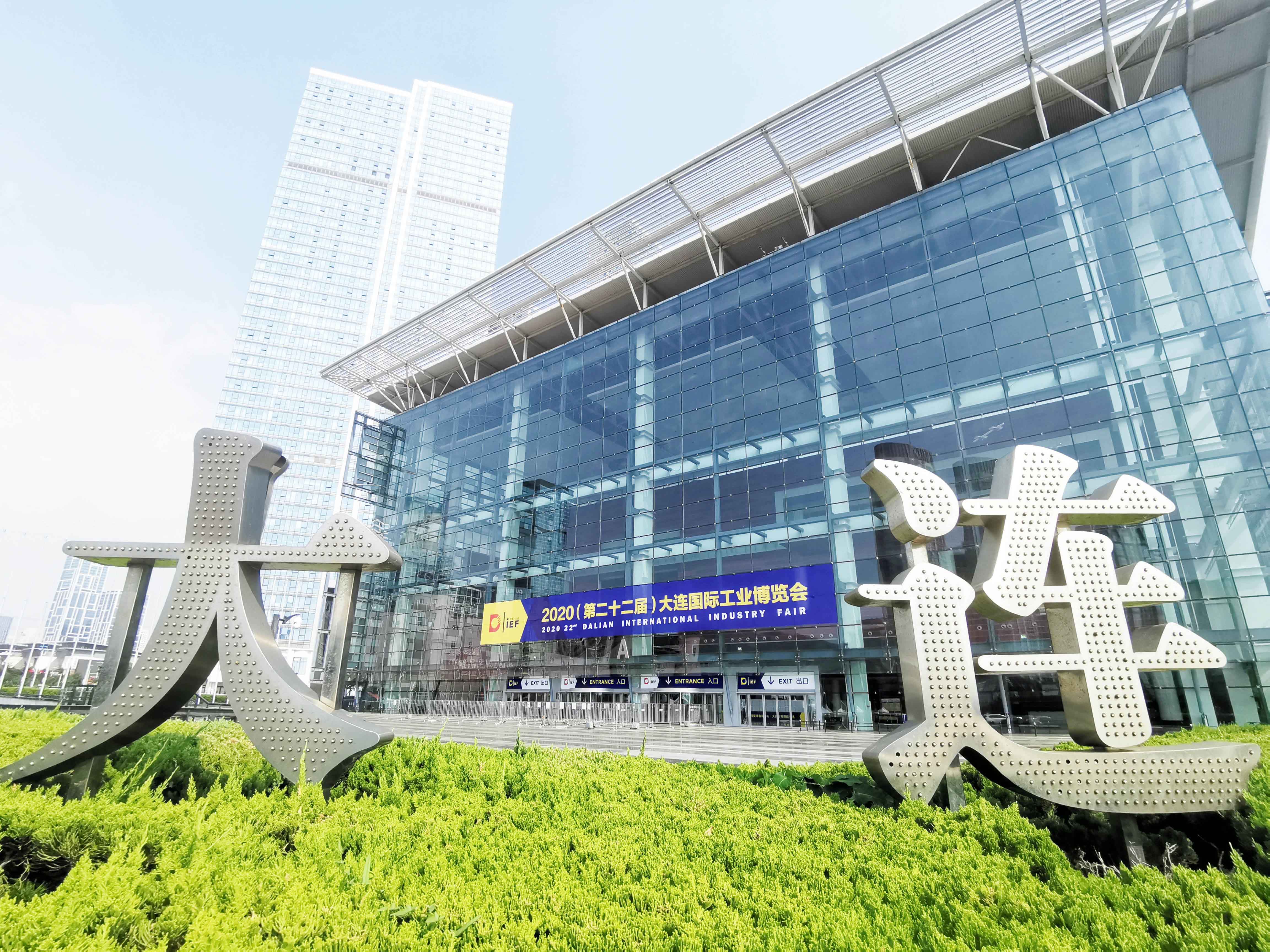 2020.10.10
2020.10.10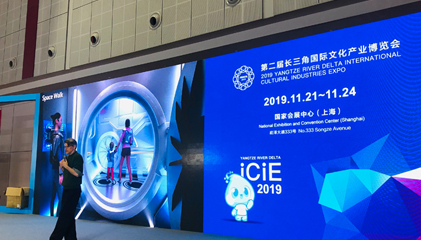 2019.11.21
2019.11.21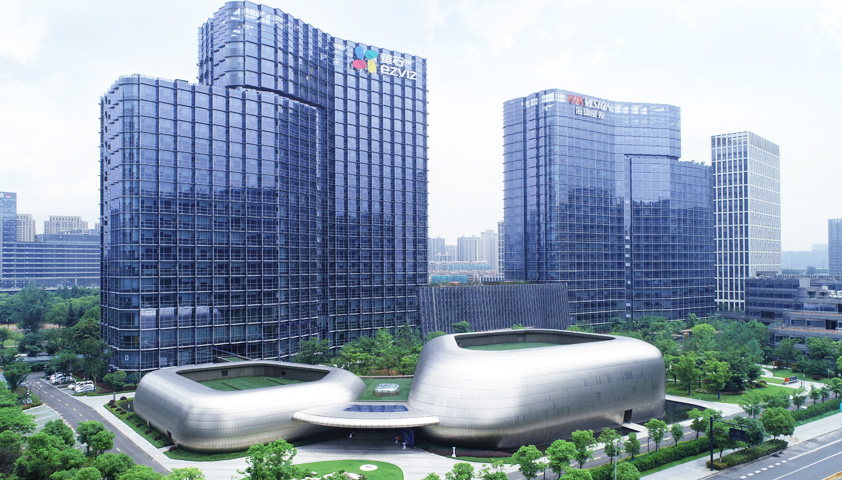 2020.5.16
2020.5.16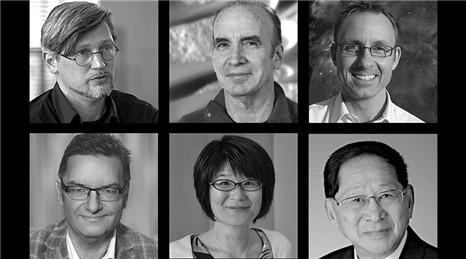 2018. 12. 22
2018. 12. 22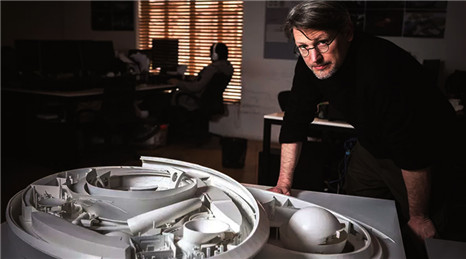 2019. 5. 28
2019. 5. 28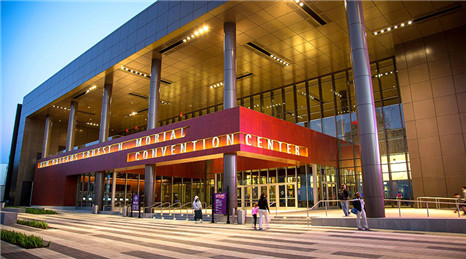 2019. 5. 20
2019. 5. 20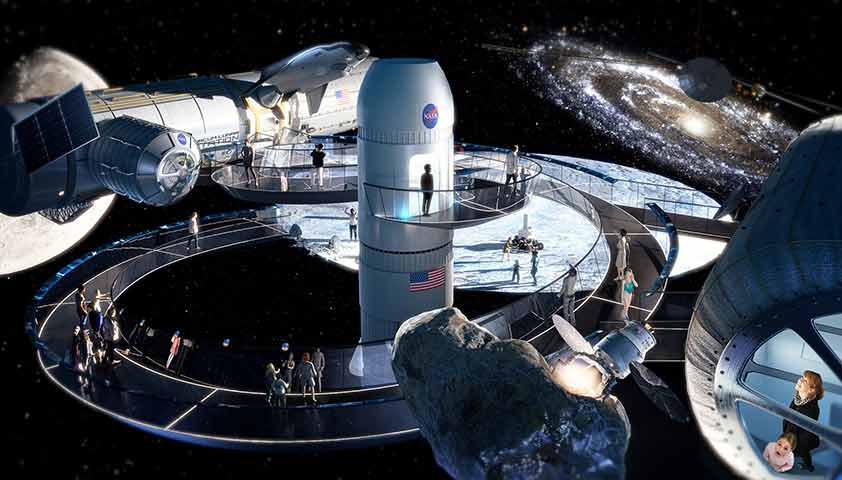 2018 . 12 . 13
2018 . 12 . 13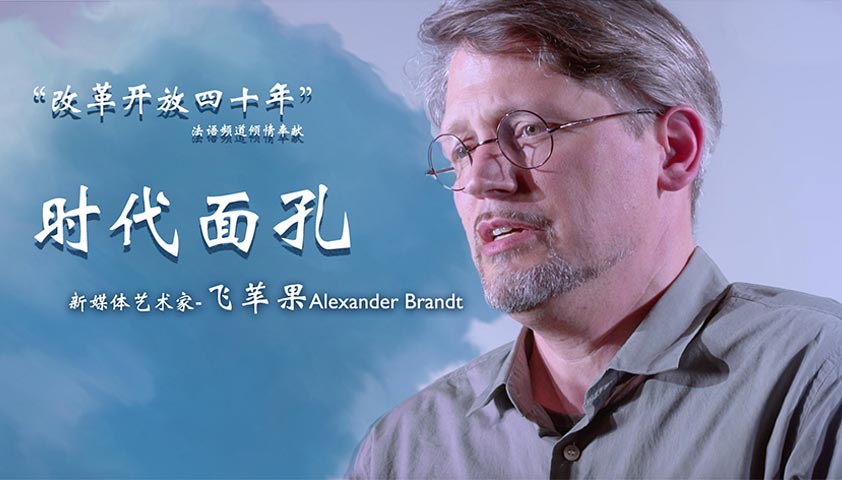 2018 . 11 . 28
2018 . 11 . 28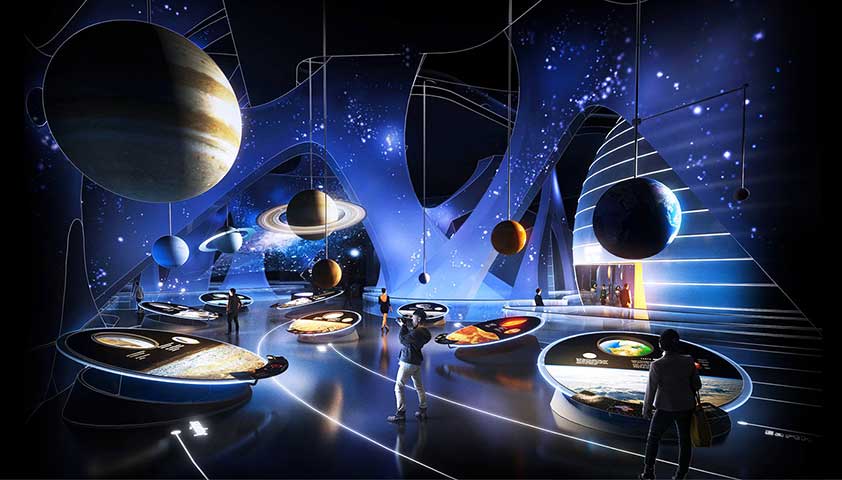 2018 . 9 . 20
2018 . 9 . 20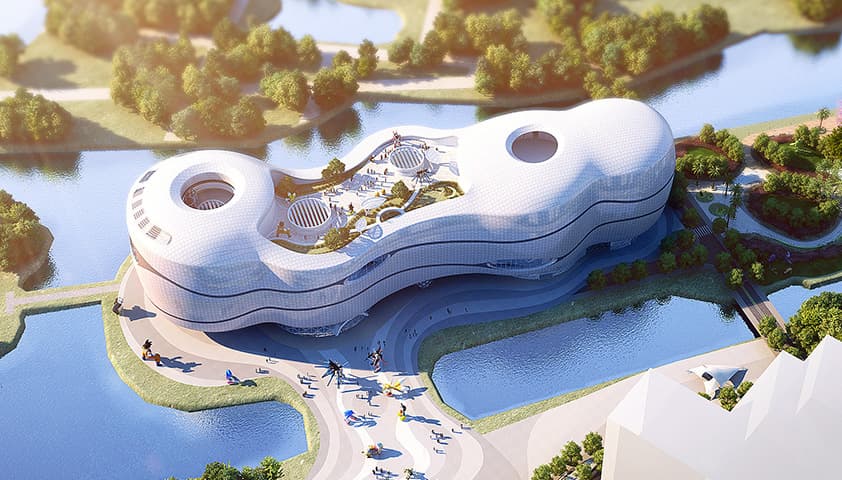 2018 . 06 . 10
2018 . 06 . 10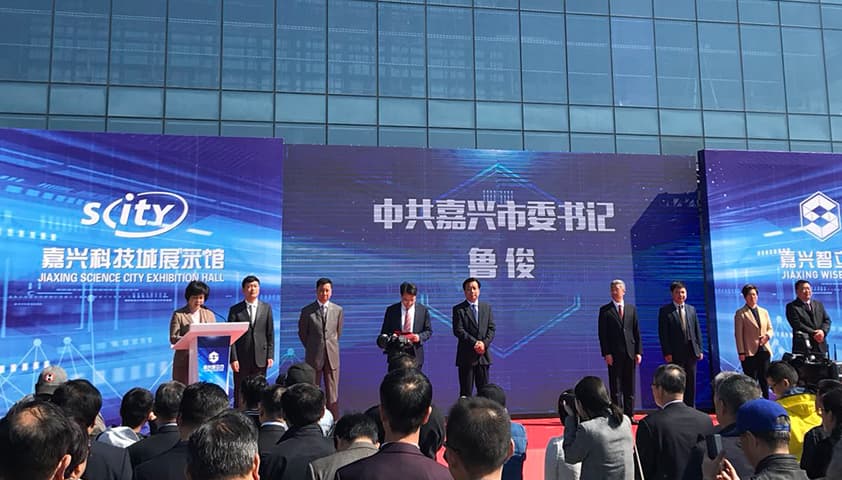 2018 . 04 . 08
2018 . 04 . 08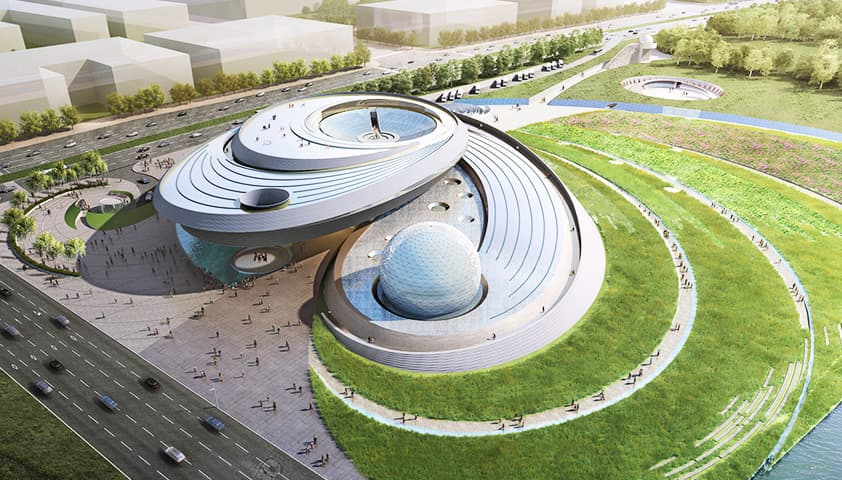 2017 . 10 . 20
2017 . 10 . 20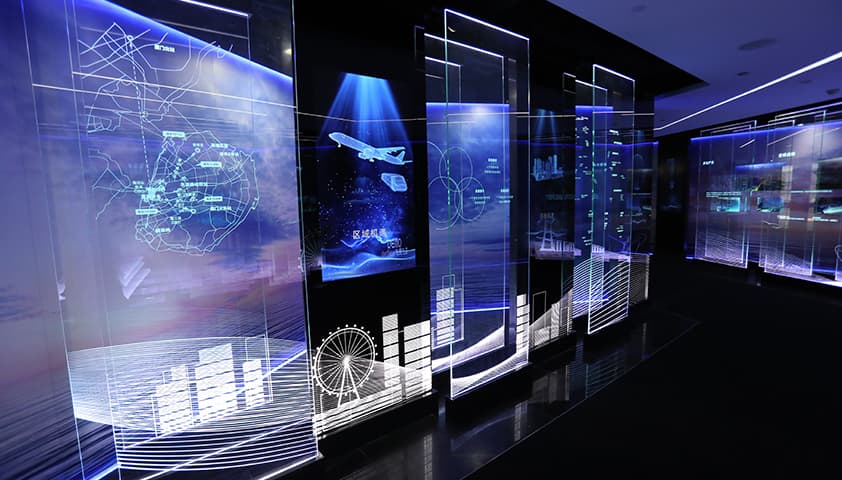 2017 . 09 . 30
2017 . 09 . 30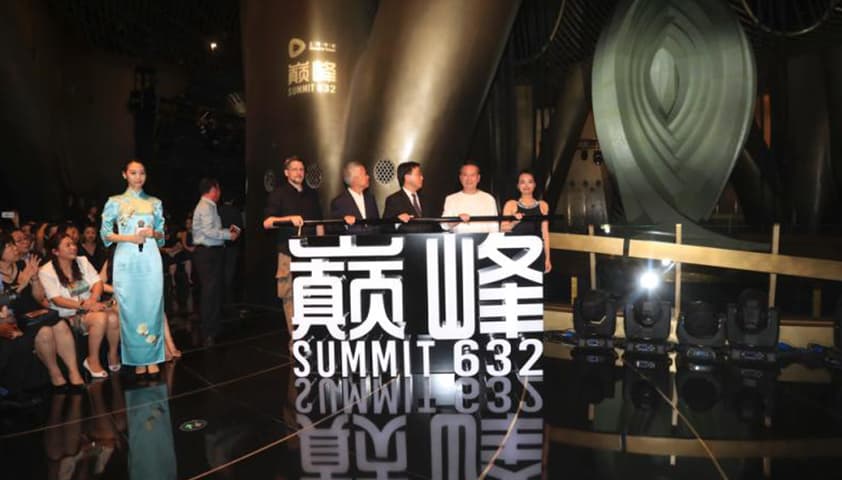 2017 . 08 . 29
2017 . 08 . 29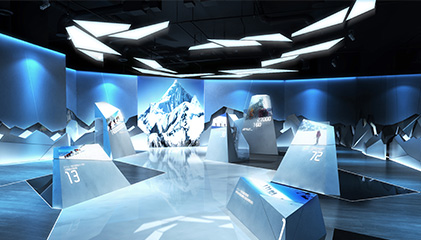 2016 . 05 . 31
2016 . 05 . 31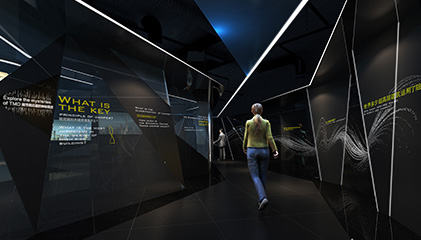 2016 . 03 . 20
2016 . 03 . 20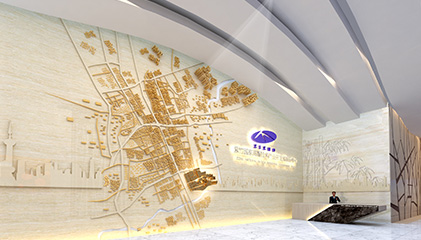 2015 . 11 . 12
2015 . 11 . 12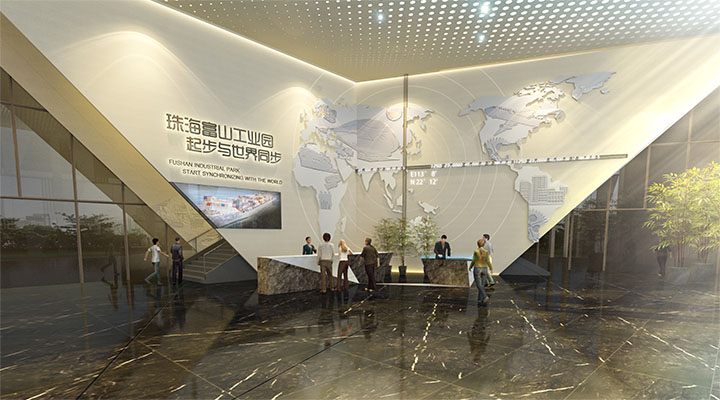 2015 . 09 . 25
2015 . 09 . 25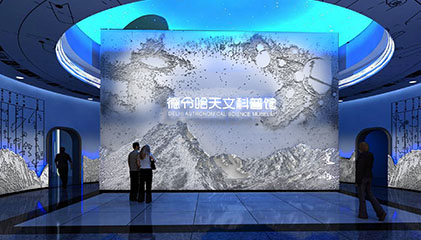 2015 . 03 . 15
2015 . 03 . 15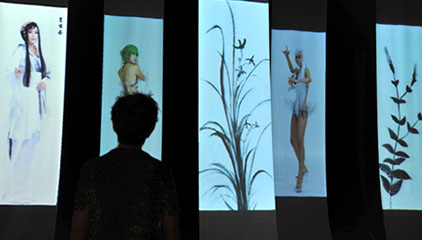 2011 . 05 . 22
2011 . 05 . 22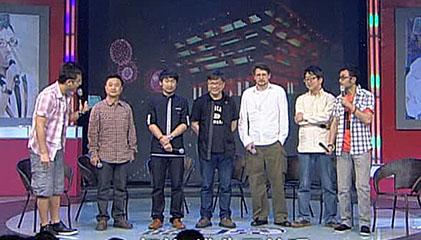 2011 . 04 . 12
2011 . 04 . 12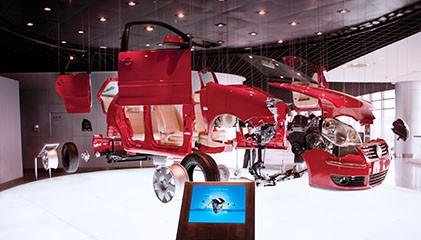 2010 . 05 . 22
2010 . 05 . 22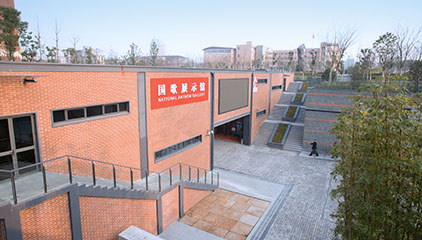 2009 . 10 . 11
2009 . 10 . 11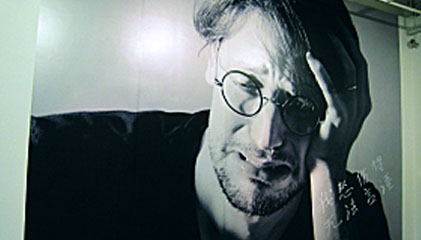 2009 . 07 . 25
2009 . 07 . 25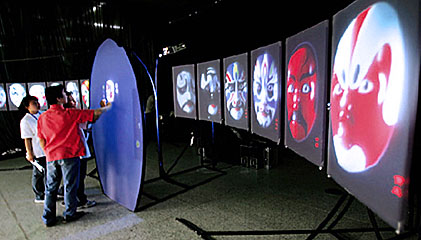 2007 . 05 . 09
2007 . 05 . 09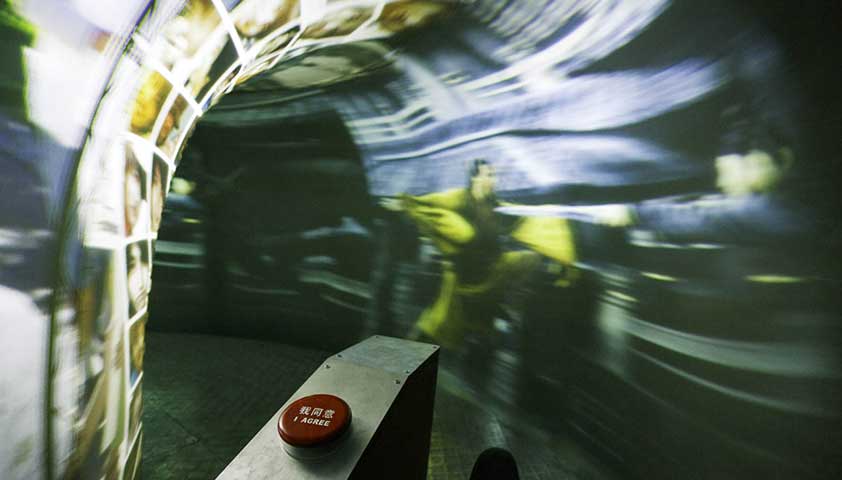 2007 . 03 . 28
2007 . 03 . 28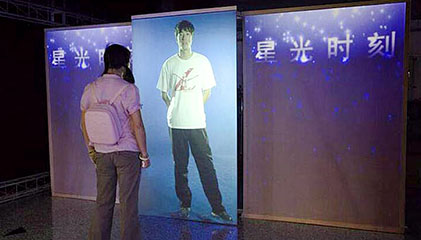 2006 . 05 . 28
2006 . 05 . 28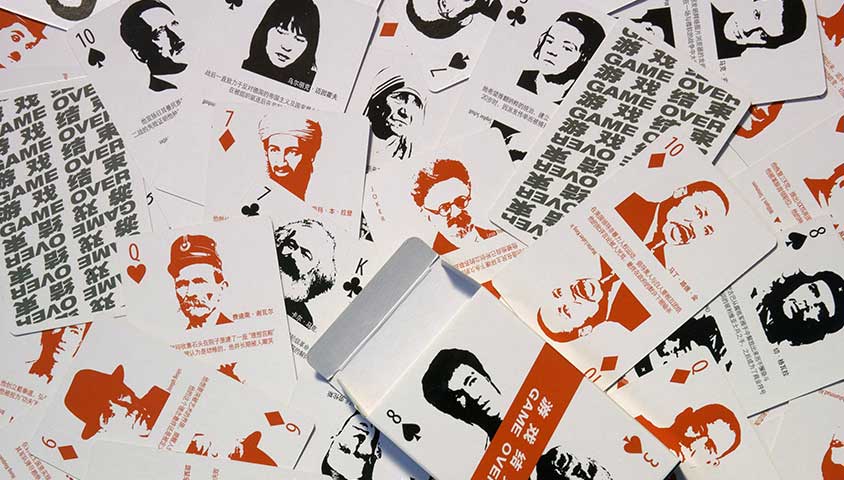 2006 . 05 . 20
2006 . 05 . 20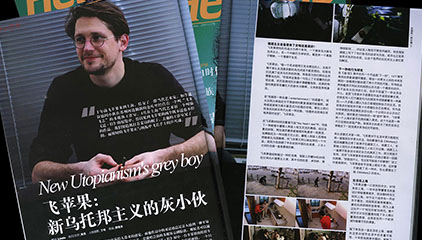 2005 . 10 . 19
2005 . 10 . 19





